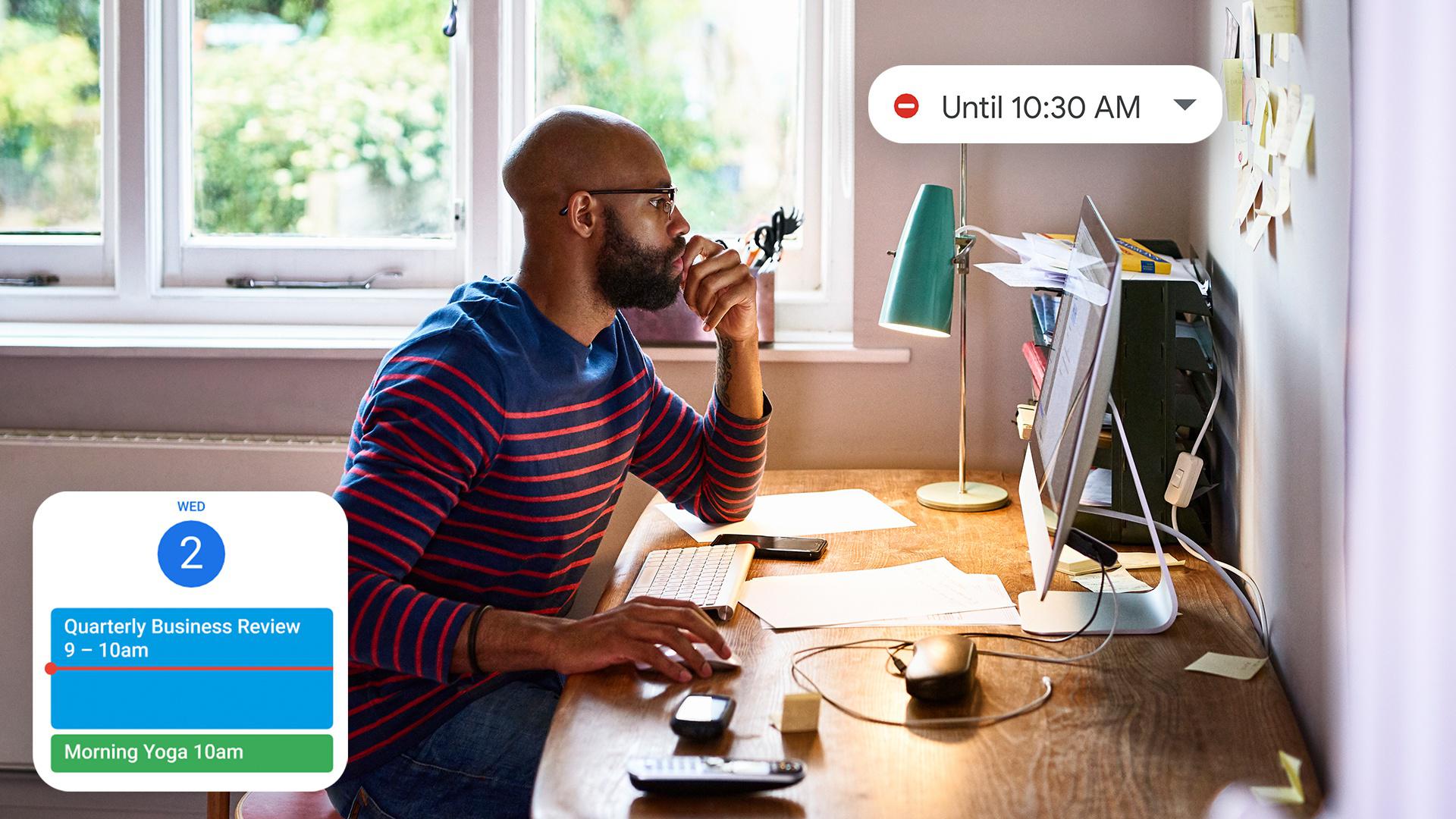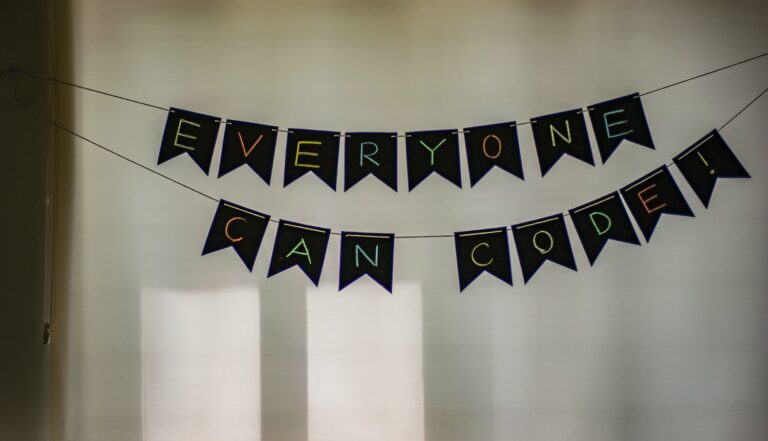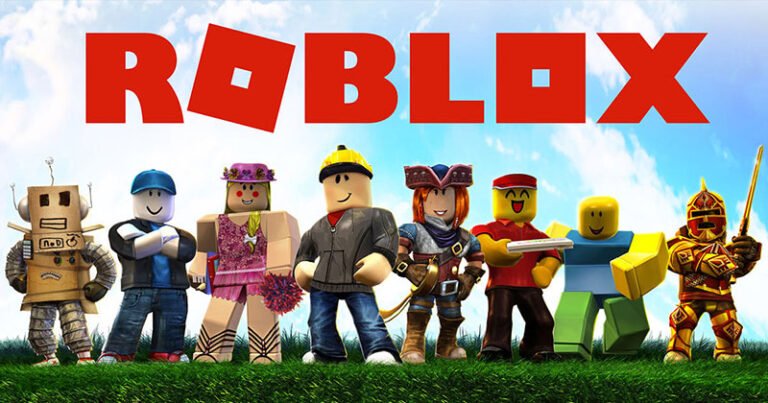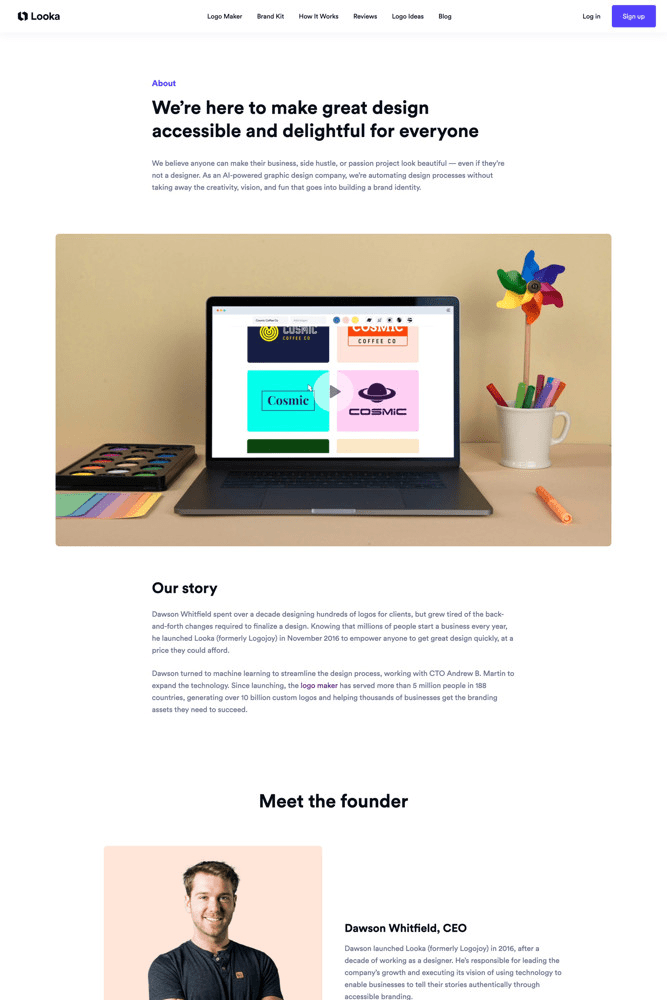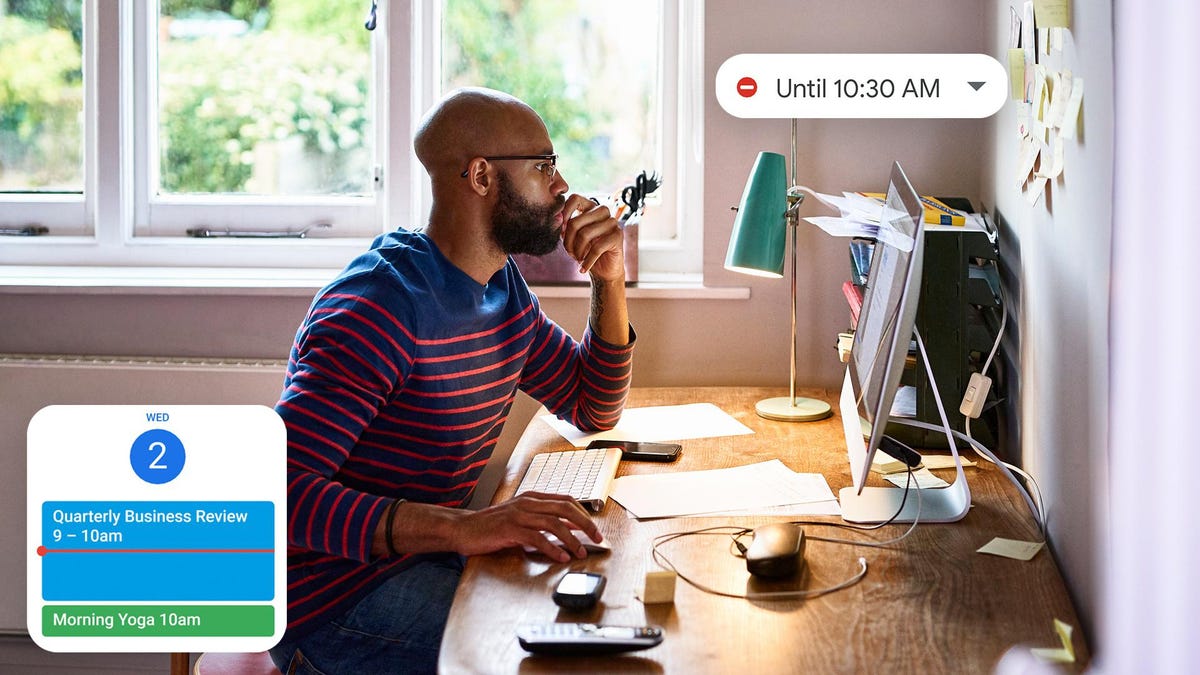
The future of work is flexible.
According to multiple studies, many organizations saw employee productivity stay the same or increase during the pandemic.
Google Workspace
During my fourteen years at Google, most of it in our people operations organization, I’ve been curious about what makes our employees thrive. Over the years, we’ve undertaken several research efforts and collected employee feedback to understand the key contributors to productivity and wellbeing, but the pandemic has tested our assumptions and beliefs like never before.
It’s clear that employees have adapted to remote work and embraced all sorts of new digital work tools to be effective in their roles.
While we are far from being able to put the pandemic behind us, our experience and that of other organizations over the last eighteen months reveals a few patterns and opportunities. It’s clear that employees have adapted to remote work and embraced all sorts of new digital work tools to be effective in their roles. And not only were many businesses able to maintain their operations somewhat seamlessly during the pandemic, many saw productivity stay the same or increase, according to multiple studies (like the Mercer and Prodoscore studies).
But is this level of productivity sustainable? People have worked longer hours, sent more emails, attended more meetings, and engaged with more tools to bridge the physical gap with their colleagues. Personal considerations like homeschooling and caring for loved ones have taxed people extensively and we’ve seen an alarming increase in burnout.
As organizations adapt to the next phase of work, be it in the office, remote, or a hybrid approach, it’s imperative that they set up an environment where people can thrive and not have their wellbeing compromised by the demands of productivity.
As organizations adapt to the next phase of work, be it in the office, remote, or a hybrid approach, it’s imperative that they set up an environment where people can thrive and not have their wellbeing compromised by the demands of productivity. At Google, we’re building a hybrid work model that relies on experimentation and new ways of thinking about technology, culture, and the use of physical and virtual spaces.
The first step for organizations is to establish hybrid work policies. And while policies are necessary, they are not enough by themselves. To make hybrid work succeed, everyone in the organization needs to intentionally adopt new practices. What do these practices look like? At an organizational level, we should focus on impact and outcomes instead of monitoring activity and inputs. At a team level, we need to actively include every team member regardless of their location, particularly for those who are not in the office. And at an individual level, people need to be intentional about communicating their availability and how they’re holding themselves accountable to their broader team.
Below are some ways we can boost the likelihood of hybrid work success at the organizational, team, and individual levels.
Organizational level: Impact trumps activity as a measure of productivity
Table of Contents
While there’s no precise starting point for the idea of productivity in the popular mindset, Americans, among others, were buying day planners at high volume by the middle of the 19th century. Sound planning for the workday became synonymous with a good work ethic. And over time, as efficiency experts and time management consultants became a staple across industries, the productivity conversation began to center on getting more out of every hour and every person. Productivity, as measured through activities that people perform, may have originated on the assembly line but carried through into office work as well.
But work is no longer defined by a specific place like a factory or an office. Technology enables people to get work done from a wide variety of places. While that’s liberating for individual employees, managers and organizations may be concerned that if employees are out of sight, they’re at risk of shirking their responsibilities. It would be unfortunate if organizations attempted to countervail this risk through electronic monitoring and surveillance of digital work activities. The problem with monitoring activities as a measure of productivity is that it focuses on the means instead of the end.
A much more empowering stance is to align on the outcomes you want to accomplish and provide your workforce with the tools and flexibility to accomplish them. By focusing on outcomes or impact, you give people the latitude to focus their time and attention on what matters most. Managers should shift their attention to defining for their teams the collective goals that are most important to accomplish and ensuring alignment. Google’s long-standing practice of establishing individual- and team-level OKRs (objectives and key results) is a proven measure of outcome-oriented management. In organizations less accustomed to this way of thinking, managers might be queasy about this approach. But we’ve found that if you share clear goals with people and give them the autonomy to do a good job, they will deliver high-quality results.
Team level: Collaboration equity is essential for hybrid-work success
A few years back, we conducted an extensive study on what made teams successful at Google. The reassuring insight was that any team could be set up to succeed, independent of its size or composition, provided they paid attention to five elements, with “psychological safety” being foundational. Professor Amy Edmondson, who has studied the term extensively, defines psychological safety as the belief that one can speak up without risk of punishment or humiliation. An important way to establish psychological safety is to ensure everyone’s voice is welcome and is heard by the broader team.
Teams will need to actively foster collaboration equity to prevent “location bias”—a difference in experience or access to information and opportunities based on one’s location.
During the remote-work phase of the pandemic, in some ways it’s been easier to include everyone’s face and voice with the “Brady Bunch” tile setup in Google Meet and other video conferencing tools. We all came to appreciate this collaboration equity—the ability for everyone to contribute equally, regardless of location, role, experience level, language, and device preference. Collaboration equity is easier to accomplish when there’s symmetry in where people work from, for example, when everyone’s in the office or everyone’s working from home. It will be much harder to maintain in a hybrid work environment where, on any given day, some people are working from the office and others from home. Technology can help—for example, we just launched Companion mode to connect those in office meeting rooms with their remote colleagues seamlessly. Teams will need to actively foster collaboration equity to prevent “location bias”—a difference in experience or access to information and opportunities based on one’s location. This includes team members being available and accessible to one another, aligning and delivering on expectations, and informing and including others regardless of their locations.
Individual level: Exercising flexibility and choice in a hybrid world requires individuals to be intentional and reflective
Organizational productivity is only as strong as all the individual people and teams that make up the whole. As Google’s own Laura Mae Martin says in her new guidebook, “productivity isn’t just about getting as much as you can out of each day. It’s about achieving the things that you set out to accomplish. The difference between a busy day and a productive day comes down to intention and impact.”
In the hybrid world of the future, there’s both a need and an opportunity for everyone to intentionally set and establish new practices on whether they’re optimizing their productivity and wellbeing.
In pre-pandemic days, people had well-established routines—their daily commutes, time in the office, coffee or lunch with colleagues. No one had to think twice about where work could get done or how they’d interact with colleagues. In the hybrid world of the future, there’s both a need and an opportunity for everyone to intentionally set and establish new practices on whether they’re optimizing their productivity and wellbeing.
The tools employees use every day have a profound impact on their effectiveness. As we discuss in our recent guide, the average person switches between business apps and tools 25 times during the workday, resulting in a deluge of context shifting that zaps focus and productivity. Similarly, 25% of employees say that they find it challenging to locate the right tool to contact someone, and 35% of workers say they’re not able to access the right people or groups because of technical issues. Clearly, a big part of people getting things done is about having the right tools in place to connect, create, and collaborate—both in real time and asynchronously across time zones.
We recently launched new innovations in Google Workspace to help fill some of the potential gaps in a hybrid work model as organizations make plans for it. For example, in Google Calendar, it’s now easier to set clear indicators for where and when you work, and to accept meetings with virtual or in-person attendance to help teams plan better and know how everyone will participate. And to help people answer the perennial question “where did the time go?” we introduced Time Insights that show you how your work days are spent, and that are only visible to individual employees. By reflecting on how you spend your time and being intentional about where and when you work, you’ll optimize not only your own productivity, wellbeing, and impact, but also set the right expectations with your colleagues.
And while technology can help people make better use of their time, attention, and location, we all know it’s not foolproof. As our new Future of Work portal makes clear, the evolving work landscape will remain a very human endeavor.
For more tips and best practices, download the Google Workspace Guide to Productivity & Wellbeing.

